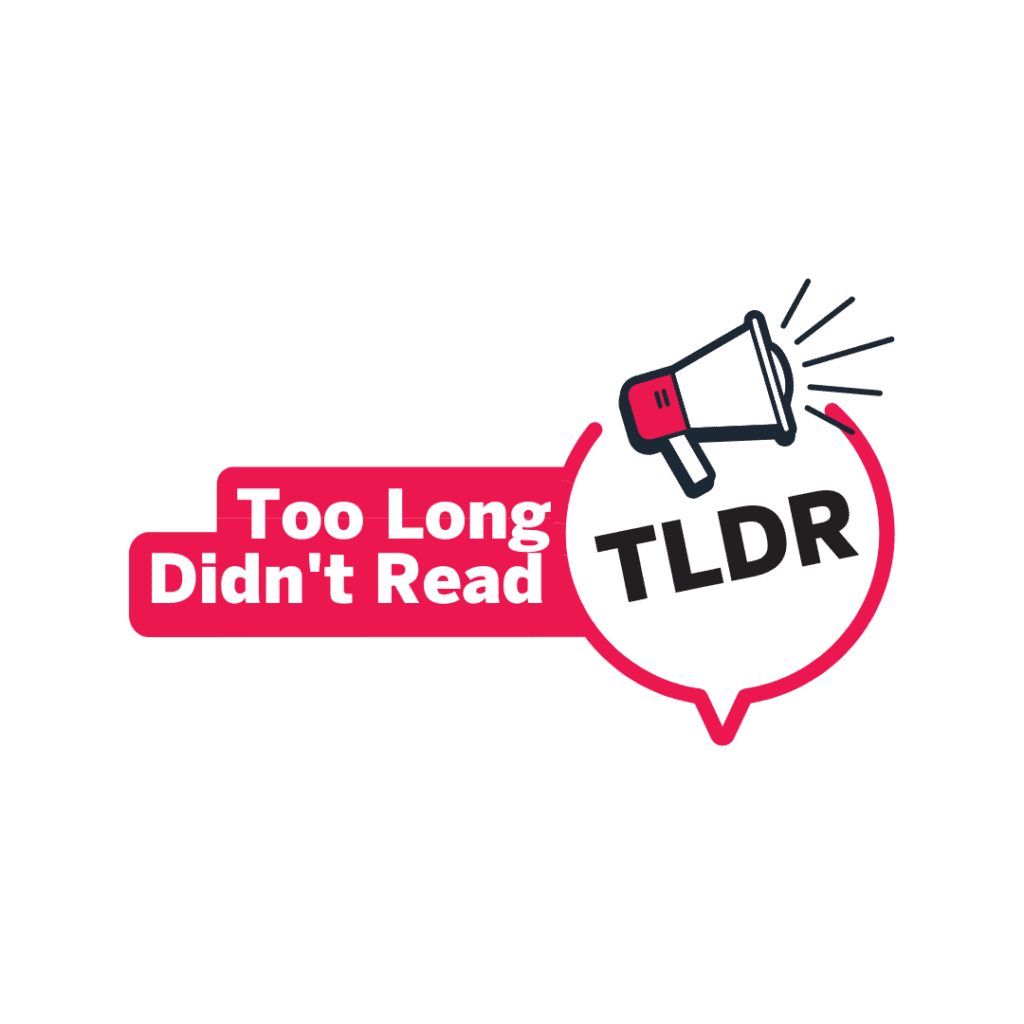

Project Summary
This project examined the relationship between the culture of Canadian national sport organizations (NSOs) and participation in sport. The overall goal was to better understand and ultimately increase the effectiveness of policies aiming to promote sport activities such as the Sport Participation Development Program (SPDP). Generally, NSOs subscribed to a humanistic-encouraging type of organizational culture, but they did not actively promote the values of sport participation. The SPDP is perceived as a source of extra funding rather than an integral part of the strategy of NSOs. Both Sport Canada and NSOs need to embrace sport participation as a cultural process to improve its strategic management.
Research Methods
Ten Canadian NSOs participating in the 2007-2008 SPDP formed the focus of the study including Alpine Skiing, Athletics, Badminton, Ten-pin Bowling, Cycling, Gymnastics, Hockey, Rowing, Swimming and Volleyball. They represent sports with different histories, constituencies and structures, and varying degrees of professionalisation. Four main methods and instruments were employed for data collection including:
- literature review (research, policy documents and reports);
- semi-structured interviews (except Rowing) – utilizing an interview guide based upon the cultural dimensions of sport organisations (Smith & Shilbury, 2004);
- monitoring and evaluating NSOs’ websites using the eMICA model (Burgess & Cooper, 2000); and analyzing the use of the Internet for establishing and maintaining relationships with sport participants utilizing the Relationship-building Process Model for the Web (Wang, Head, & Archer, 2000);
- on-line surveys with members of NSOs (the Organisational Culture Inventory (Cooke & Lafferty, 1989).
Research Results
The participating NSOs showed a humanistic-encouraging primary style culture characterised with being supportive of others, resolving conflicts constructively and helping others to grow and develop. However, no NSOs’ organisational culture was homogeneous as four subgroup cultures emerged: ‘board member’, ‘coaching staff’, ‘middle management’ and ‘senior management’. This demonstrates that organizational culture is always multi-dimensional and cannot be determined by the values of one group only. A limitation of this survey was its response rate of 22% (N = 37).
Four clusters of cultural interpretations of sport participation amongst the NSOs emerged:
- ‘elite culture’ following a top-down approach where international success is used to promote grass-roots sport (e.g., Alpine Skiing, Athletics, Hockey);
- ‘mass culture’ suggesting a bottom-up process which naturally leads to elitism (e.g., Gymnastics, Swimming);
- ‘sessional culture’ – suggesting that sport participation ‘dies when the grant dies’ (e.g., Volleyball, Cycling);
- ‘place culture’ – suggesting that sport participation is promoted only in certain geographic areas (e.g., Badminton, Ten-pin Bowling).
There has been a distinct lack of awareness about the existence, purpose, implementation and how the SPDP would benefit the NSOs both within the NSOs staff and the general public. The SPDP was seen as a departmental responsibility and not as a core business of the entire NSO.
NSOs have largely perceived the SPDP as an additional source of funding and not as an opportunity to address the fundamental ongoing issue of sport participation. The program has not been incorporated into NSOs’ strategic plans to ensure a better synergy between different departments.
Most NSOs were lacking the capacity to successfully run the program. Ownership of SPDP is an issue for some NSOs as they outsource the delivery of the program to private agencies over which they have little or no control.
The introduction of the SPDP has reinforced both the competition for funding and participants amongst NSOs, and an environment which favours those NSOs with better structures and resources who can afford the resources to implement sport participation initiatives. Less structured and funded NSOs straggled to cope with the expectations presented by the SPDP.
There is a tension between the LTAD model and the objectives of the SPDP program promoted by Sport Canada. These are based on two different philosophies and NSOs were confused about their relationship. Tensions also exist between NSOs and PSOs resulting in mistrust and resistance to implementation of national programs.
The Internet technology provides great advantages and the ten NSOs have been receptive to the use of the Web for promoting sport participation. However, they are still failing to utilise the opportunities offered by the interactive technology to effectively communicate their objectives and to develop relationships with members.
Regular communications with Sport Canada are critical to any project. In this respect Sport Canada could do more to facilitate research projects concerning its policies and the work of NSOs.
Policy Implications
NSOs need to change their perceptions about the SPDP and ensure that it is well integrated into their strategic plans. The values and practices of the SPDP should not be seen as a project managed by an officer but as an essential part of the mission of the organization which is embraced equally by all members. NSOs need to better utilize their websites to promote a culture of sport participation.
Sport Canada needs to establish a developmental strategy to support the SPDP in three key areas:
- Establishing clear conceptual and practical linkages between the LTAD and SPDP so the two programs complement each other;
- Putting in place a capacity-building strategy to help NSOs develop the organizational capabilities needed to successfully implement the program;
- Implementing a systematic promotional campaign to assist in enhancing both the public and NSOs’ awareness about the SPDP.
Next Steps
Sport participation needs to be appreciated as a process of acculturation where NSOs are cultural agents, not just as a resource or opportunity to attain other goals.
More strategic examinations into the role of the World Wide Web is needed in promoting a participation culture by investing in better designs, functionality and communications with NSOs’ constituencies. Further research is needed in devising Web-based relationship strategies for initiating and sustaining participation in sport. Academia can make a significant contribution to the work of NSOs in this regard, as it possesses a great resource: technologically savvy and sport-active students. The questions ‘how do NSOs’ culture facilitate the socialisation of participants in and through sport?’ and ‘how do NSOs understand the participant and give meaning to the importance of sport?’ need further investigation.
Key Stakeholders and Benefits
- Sport Canada (better informed sport promotion policies; staff development)
- Ministry of Health (better integration of health policies with sport)
- Ministry of Education (better integration of educational policies with sport)
- National and Provincial Sport Organizations (clearer visions and better targeted efforts in enhancing participation; staff development)
- Schools and Universities (better integrate their social and sport policies with Sport Canada’s agenda)
- Sport event organizers (better use of sport events to promote participation)
- Academic community (use of findings to inform research and teaching)